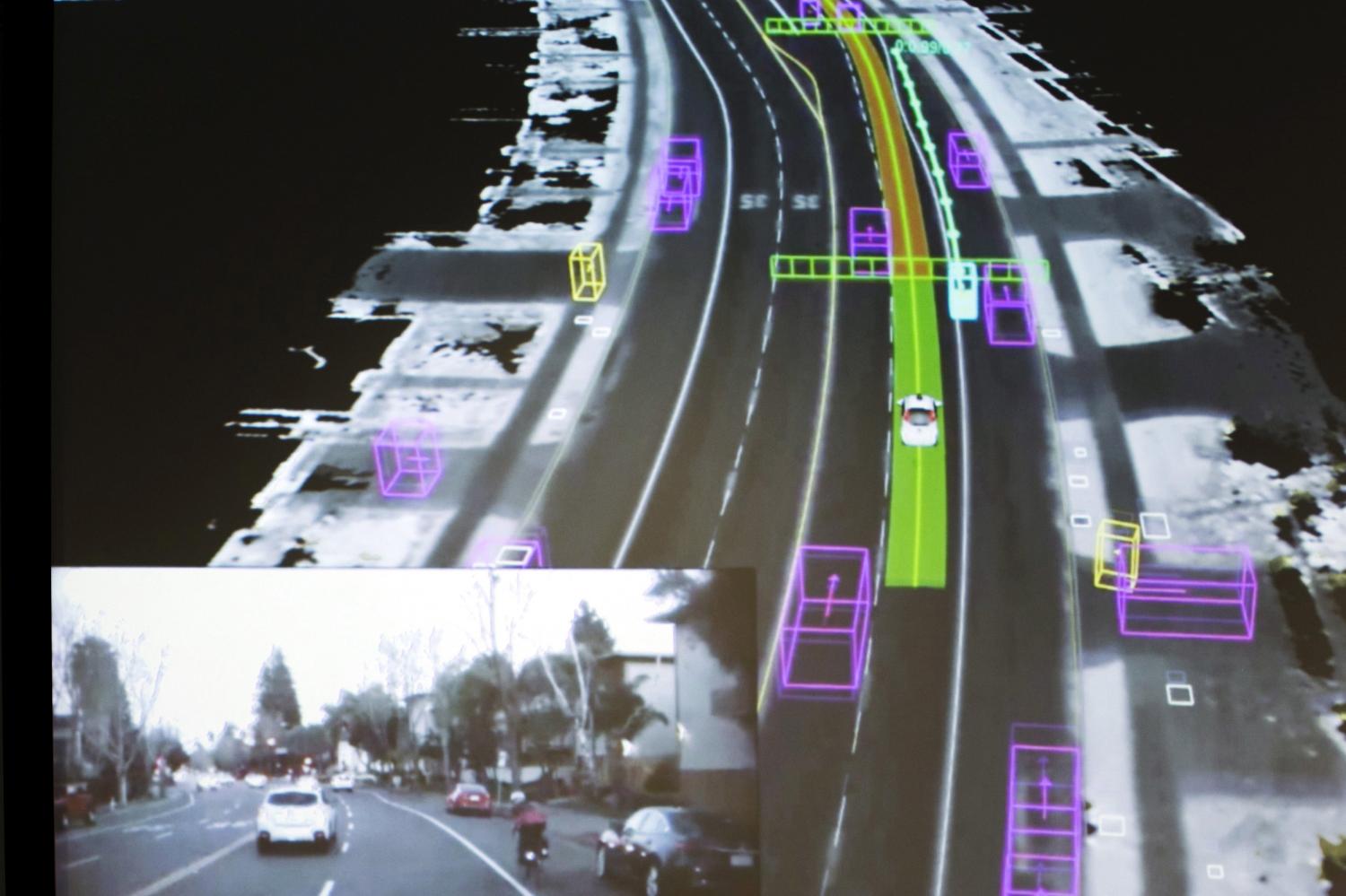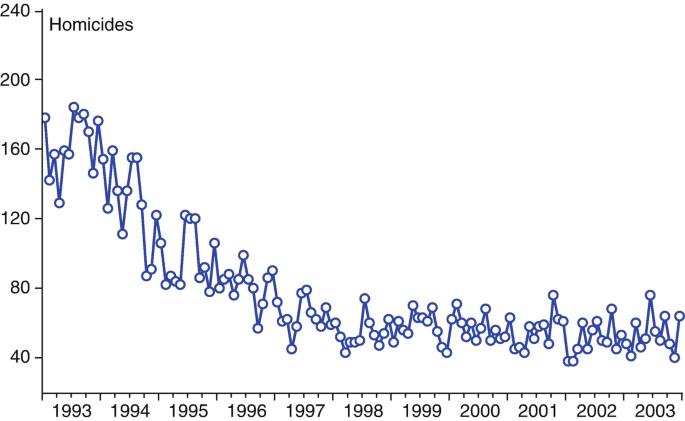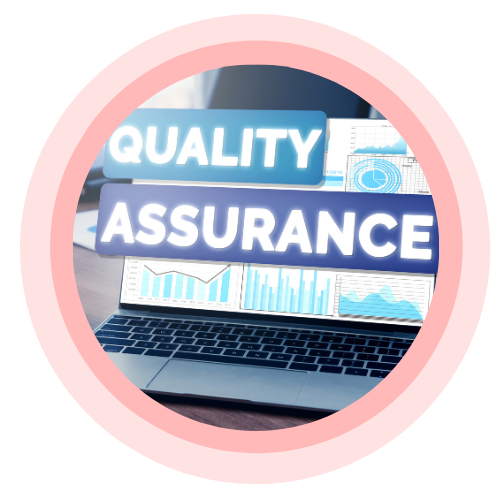Driving Real-World Evidence Without Full Randomization
Generating Valuable Learnings from Quasi-Experimental Research

Using reputable research design approaches and sophisticated statistical analysis, organizations can transform findings from quasi-experimental studies into credible, actionable intelligence.
Statswork is a provider of professional services for Quasi-Experimental Studies with expertise in research design, implementation, and data analysis. We assist organizations in generating credible and high-quality findings in even the most complex environments with the intent to convert research findings into evidence-based approaches for action.
Pre-test/Post-test Design
We provide studies that collects data before and after an intervention to help organizations assess the changes caused by a particular program or intervention.
Interrupted Time Series
We provide longitudinal studies that track outcomes over time, both before and after an intervention, so that trends, as well as long-term effects, can be identified.

Non-equivalent Control Group Design
We provide studies that compare treatment and control groups without randomization to provide practical implications when true experiments are not possible.

Regression Discontinuity Design
We provide studies that evaluate based on assignment by cutoff (e.g., test scores, income levels) to examine causal effects of interventions in natural settings.
Difference-in-Differences (DiD) Design
We provide studies that examine different groups and time periods to allow organizations to disentangle the effects from external influences.

Industries
Data collection allows sectors to train computer vision models, improve automation, improve diagnostics, ensure safety, and spur innovation via AI applications.



1. Identify Goals & Scope
We will finalize research questions, key variables of interest, and the study scope to identify clear and measurable outcomes.

2. Develop the Intervention & Groups
We will set some structure for the study by identifying comparison or control groups, intervention milestones, and a timeline.

3. Evidence Collection
We will collect both quantitative and qualitative data through surveys, observations, assessments, or secondary existing records to be taken at the mid-point and at the conclusion of the intervention.

4. Investigating Results
We will investigate the results and look for patterns or differences and potential causal impacts and/or relationships using statistical or analytical methodologies.

5. Actionable Recommendations
We will help translate results into actionable recommendations in the form of improved products, experiences, marketing activities, and processes.





- A research design that evaluates the effect of an intervention without random assignment.
- Helps identify causal relationships in real-world settings.
- Useful when true experiments are not feasible due to constraints.
- Does not rely on fully randomized groups.
- Often uses comparison or control groups instead of random assignment.
- More flexible and applicable in practical business or social settings.
- Quantitative data (e.g., surveys, test scores, usage statistics).
- Qualitative data (e.g., interviews, observations, notes).
- Pre- and post-intervention metrics to measure impact.
- Duration depends on the intervention and study objectives.
- Can range from a few weeks to several months.
- Includes planning, data collection, analysis, and reporting phases.
- Businesses optimizing products, services, or marketing campaigns.
- Educational institutions evaluating new teaching methods.
- Healthcare organizations measuring the effectiveness of interventions.
- Corporates assessing policy changes or employee programs.
- Clear insights into the impact of interventions.
- Data-driven recommendations to improve processes, UX, or strategy.
- Identification of areas for optimization and measurable improvements.
Begin dealing with the shopping behaviour data to convert more shoppers to buyers and personalize the buyer journey today!







